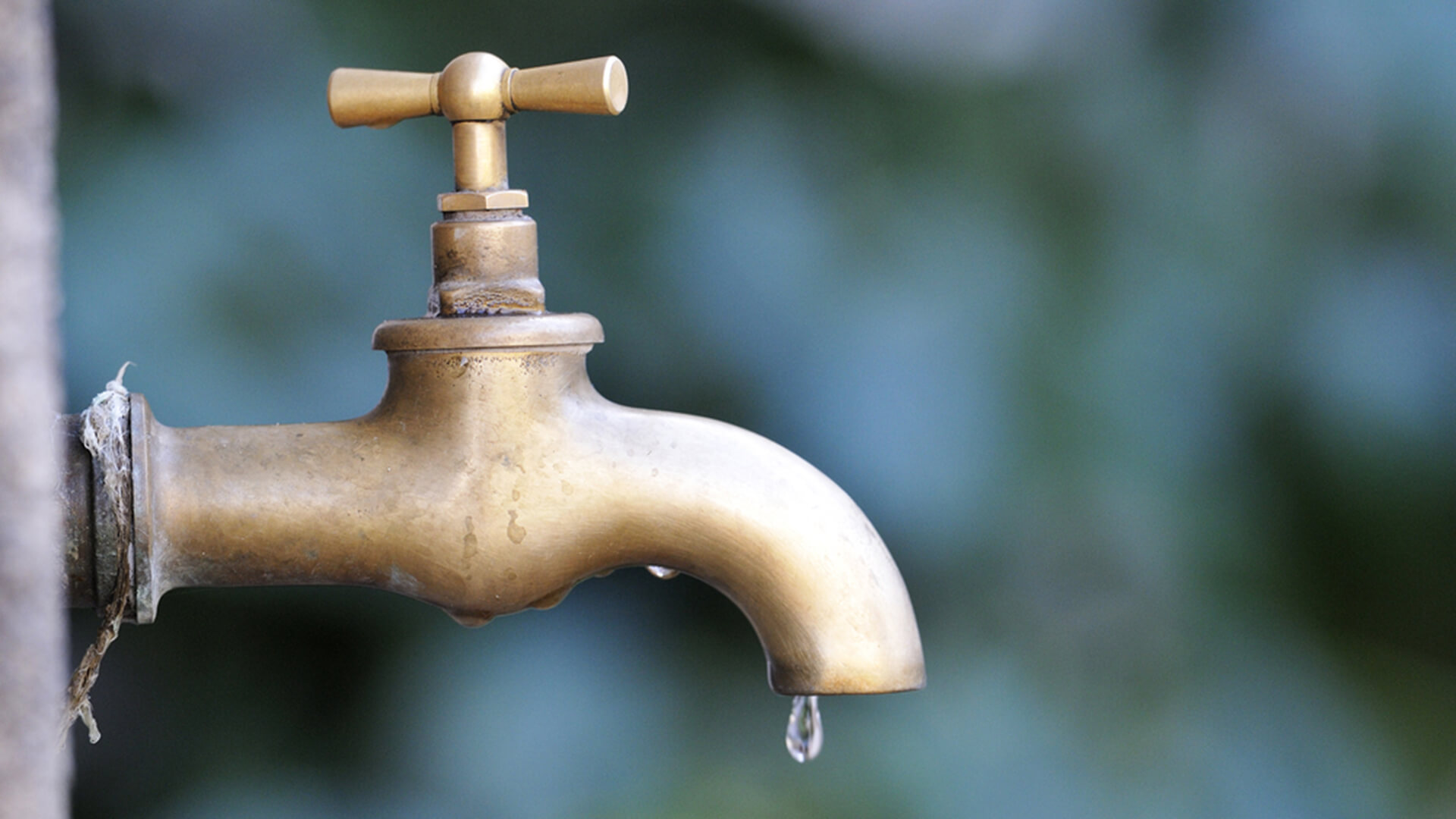An estimated 1,680 villages in Sistan-Baluchistan Province lack piped water, according to the provincial governor general.
“Water in 1,300 villages is being supplied via tankers, and another 380 are on the list for the current season,” said Ali Owsat Hashemi at a recent meeting with provincial government representatives and Mohammad Baqer Nobakht, the government spokesman and head of the Management and Planning Organization.
Noting that a majority of the water demand in the less developed southeastern province is met via sources from neighboring Afghanistan, Hashemi called for immediate funding to address the problem of drinking water by establishing local water supply facilities.
Water supply from Afghanistan could increase the chances of cholera in Iran, which has been free of cholera for over two years. But threats still exist from the two adjacent countries of Afghanistan to the east and Iraq in the west.
Access to safe drinking water is a major concern throughout the world. Health risks arise from consumption of water contaminated with pollutants or harmful chemicals that can transmit diseases such as diarrhea, cholera, dysentery, typhoid and polio.
Over the last few years sources of drinking water supply in Iran have improved in many rural areas.
According to Ali Asghar Qane,’ deputy head of the National Water and Wastewater Engineering Company, 3,000 villages with a total population of two million were connected to water supply networks in the last fiscal year that ended in March.
“The number of villages receiving water through portable tanks has now decreased by 50%, from over 6,000 earlier,” he told IRNA in May.
A budget of $500 million from the National Development Fund of Iran (NDFI) was allocated for implementation of piped water projects. NDFI is a sovereign wealth fund independent of the government budget.
It has been reported that since 2013, nearly 5.2 million villagers have been supplied with piped water.
“The border province of Sistan-Baluchistan doubles as one of Iran’s most important eastern frontiers,” stressed Hashemi at the meet. The province is a battleground for the Iranian Law Enforcement Forces dealing with drug smuggling syndicates, terrorist groups, and human traffickers for decades.
“A threat to the water resources would mean higher chances of residents deserting the province,” he noted, lamenting that due to the difficulties related to supplying water through tankers, there are few takers for year-long contracts.
$300m From NDFI
Recently, Rahim Meidani, deputy minister of energy, said an additional $300 million from the NDFI had been earmarked for the next phase of the plan to ensure villages have access to safe water.
Related projects will be completed within two years so that villagers won’t have to rely on tanker water.
Statistics show that in 1956, the rural population in Iran comprised 70% of the population of 19 million. In 2015 the figure fell to the unbelievable level of 28% from the total 80 million.
Results of the National Population and Housing Census released in February show that during the past five years, 3.9 million people migrated from rural to urban areas, of which 20.2% moved to the overcrowded capital Tehran. Likewise, 7.3% went to Khorasan Razavi Province, 6.8% to Isfahan and the remaining to other cities.
Currently, several thousand villages are completely deserted and abandoned partly due to the long years of drought in the past decades that saw unusually large numbers migrating to cities in search of jobs.
Experts have warned that if the trend continues, the rural population will further decline to 22% by the year 2031. Implementation of programs for sustainable rural development can check the growing rate of rural to urban migration and its negative impacts that have already overwhelmed policy and decision makers.
Improved water supply and sanitation, and better management of water resources, can help boost economic growth and contribute to poverty alleviation and prevention of rural-urban migration.


